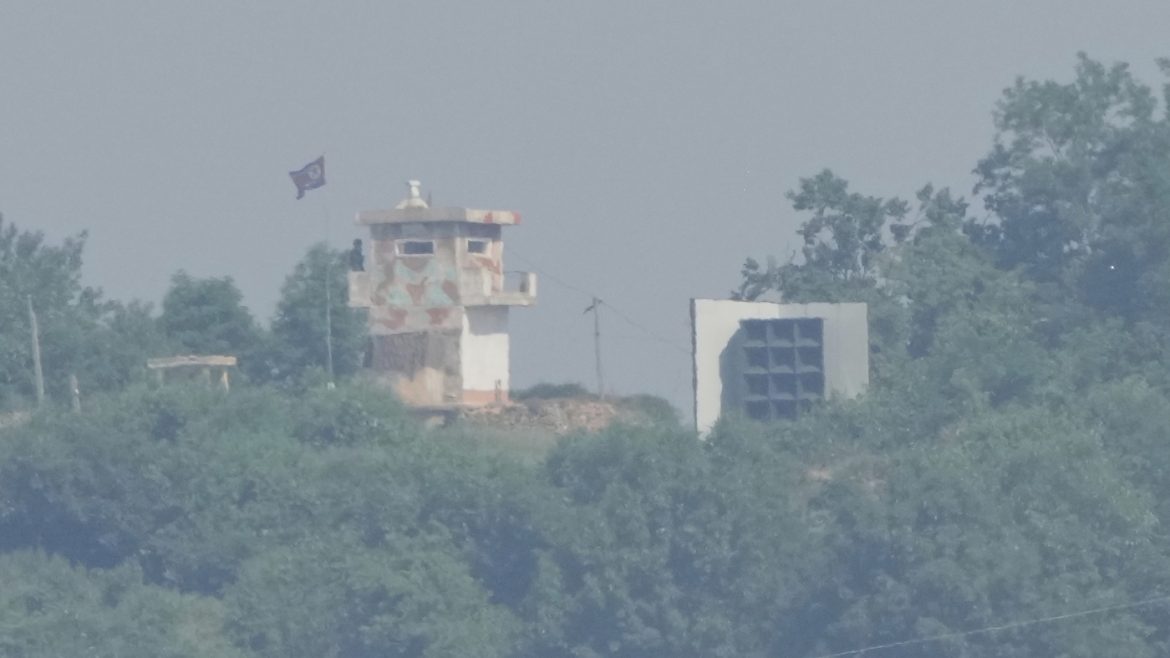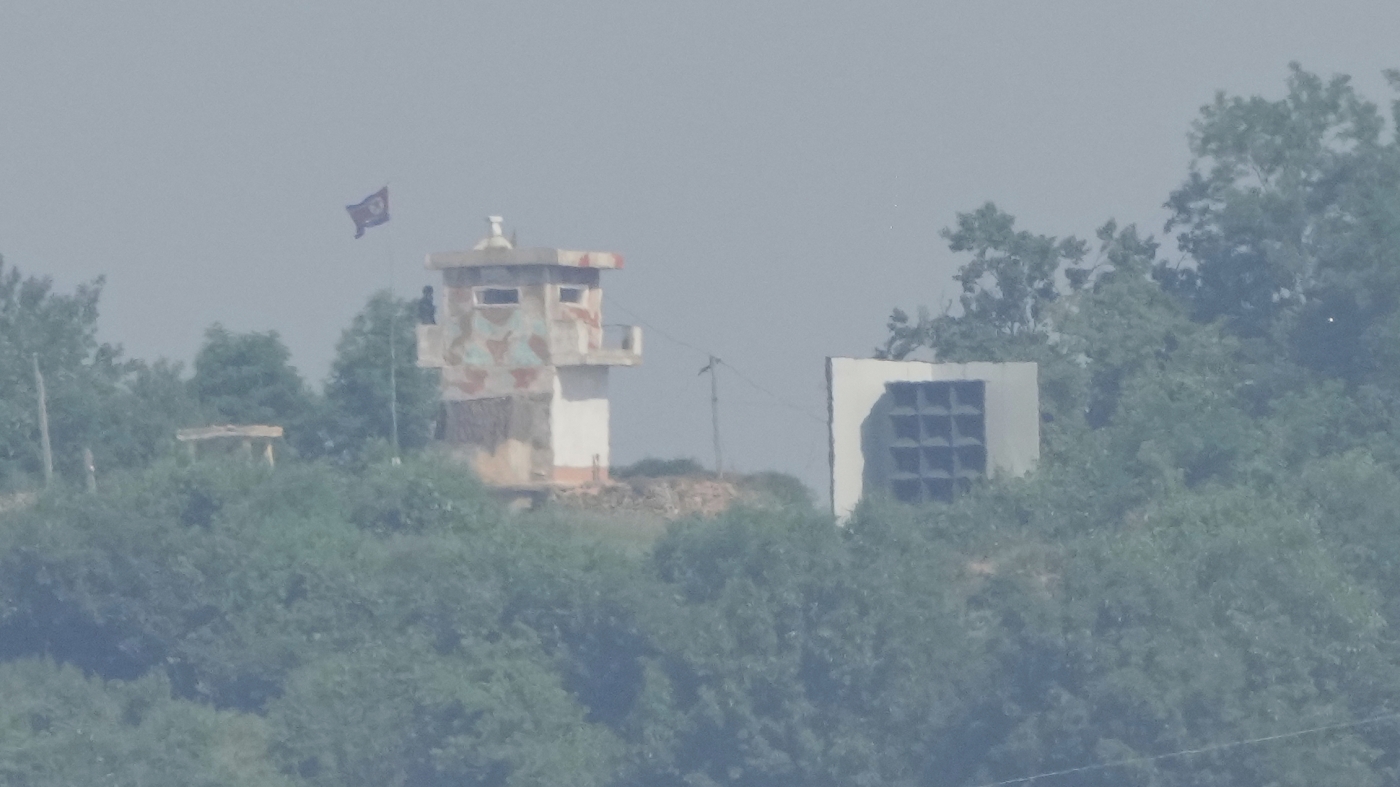South Korea Halts Loudspeaker Propaganda Broadcasts to North Korea: A Step Toward Easing Tensions
Introduction
After years of psychological warfare tactics, South Korea’s military has decided to halt loudspeaker broadcasts conveying anti-North Korean propaganda along the heavily militarized inter-Korean border. This move marks a pivotal shift in South Korea’s approach under its new liberal administration, aiming to reduce animosity and open a pathway toward dialogue with North Korea, despite persistent challenges. The cessation of these broadcasts, which included propaganda messages and popular K-pop music, symbolizes a tentative but significant easing of tensions between the two Koreas, long divided by war and ideological conflict.
Background to the Loudspeaker Broadcasts
For decades, loudspeakers stationed along the border have been used as a tool of psychological warfare by South Korea. These devices transmitted critical messages against the North Korean regime and played modern music to disrupt the isolated North’s information environment. The broadcasts were periodically suspended and resumed depending on the fluctuation in inter-Korean relations. Most recently, they were reactivated in June 2024 in retaliation to North Korea’s deployment of thousands of balloons laden with trash and leaflets floated across the border aimed at South Korean civilians, further intensifying the propaganda war.
The Loudspeakers as a Symbol of Hostility
The loudspeaker broadcasts have long been a source of tension along the border, especially in the heavily fortified areas such as Paju, where both sides maintain a strong military presence. Besides their psychological dimension, these broadcasts contribute to an environment of constant hostility and distraction for soldiers and residents living near the demilitarized zone (DMZ). The repetitiveness and confrontational nature of the messages have been criticized for hampering peace efforts, provoking retaliatory threats from Pyongyang, and perpetuating mistrust.
The New Government’s Decision
The shutdown of loudspeaker propaganda was one of the first concrete and symbolic steps taken by South Korea’s new liberal government under President Lee Jae-myung. The decision reflects a strategic reorientation towards diplomacy and confidence-building measures with North Korea. By discontinuing this visible instrument of conflict, Seoul seeks to demonstrate goodwill and reduce provocations that have perpetuated a cycle of retaliation, such as Pyongyang’s missile tests and aggressive rhetoric.
Impact on Inter-Korean Relations
While the cessation of broadcasts does not guarantee immediate resumption of formal dialogue between the Koreas, it signals an openness to deescalation and reconciliation. The move is expected to lower military tensions on the border, potentially easing the psychological burden on South Korean soldiers and civilians in proximity to the DMZ. Moreover, it may encourage reciprocal steps by the North, potentially creating room for further negotiations on nuclear disarmament, economic cooperation, and humanitarian issues.
The Broader Regional and Security Context
This decision unfolds against a backdrop of ongoing regional security concerns, including North Korea’s advancement in nuclear weapons and missile technology. International observers are closely monitoring Pyongyang’s activities, including signs of new uranium enrichment infrastructure at its Yongbyon nuclear site. By halting provocative broadcasts, South Korea aims to maintain a delicate balance between deterrence and diplomacy, signaling to allies and adversaries alike a preference for engagement over confrontation amid complex geopolitical pressures from the United States, China, and neighboring powers in Asia.
Challenges and Uncertainties Ahead
Despite this positive gesture, prospects for a rapid return to substantive peace talks remain uncertain. North Korea’s historical skepticism toward South Korean overtures, coupled with its strategic prioritization of nuclear capability development, poses substantial hurdles. Additionally, domestic political pressures within South Korea demand vigilance, as some factions view the cessation of broadcasts as a weakening of South Korea’s stance against Pyongyang’s provocations. Sustaining momentum in this peace process will require careful diplomacy, robust verification mechanisms, and international support.
Conclusion: Toward a More Peaceful Peninsula
Shutting down anti-North Korean loudspeaker broadcasts is more than a symbolic act; it is a deliberate step by South Korea’s new government to break the cycle of antagonism that has defined inter-Korean relations for decades. While challenges to reconciliation and denuclearization remain formidable, this initiative lays a foundational gesture of goodwill. If sustained and reciprocated, it could herald a thaw in one of the most enduring and volatile conflicts of the modern era, fostering a security environment more conducive to peace and cooperation on the Korean Peninsula.


